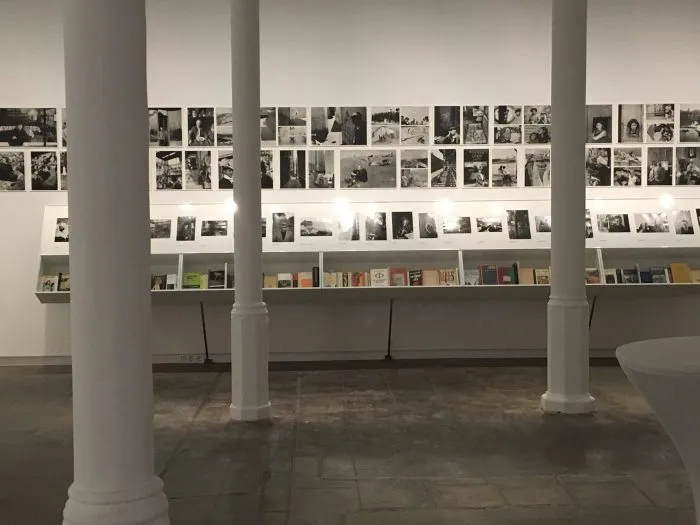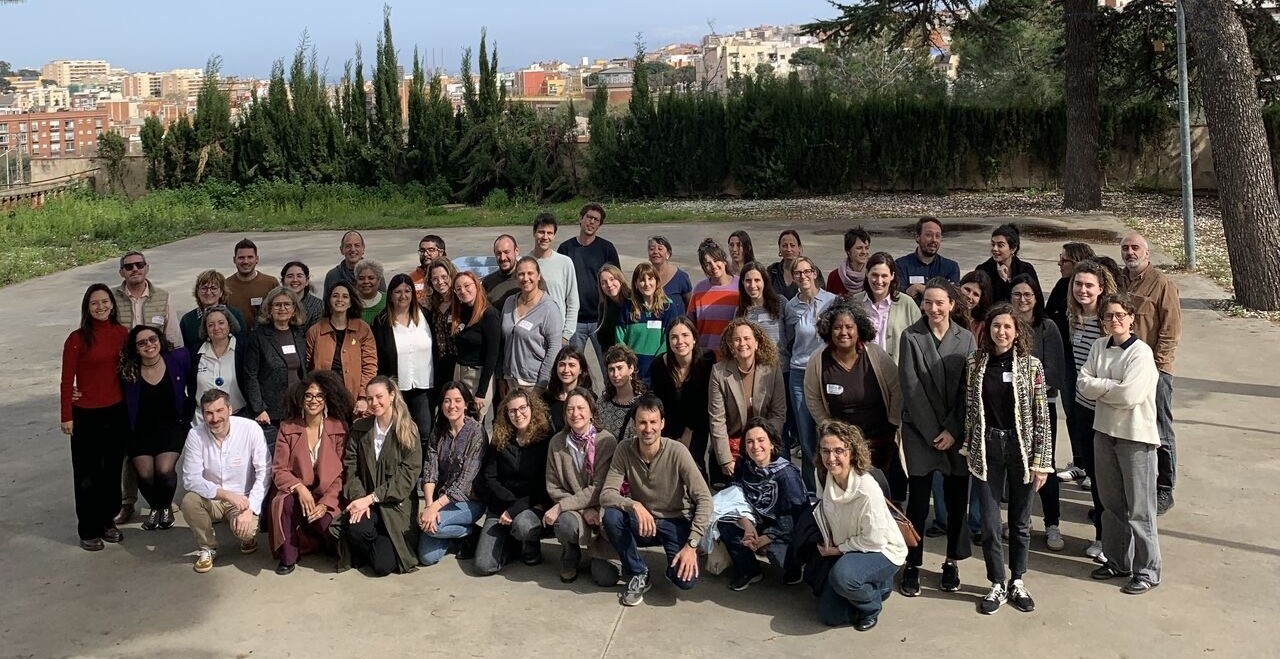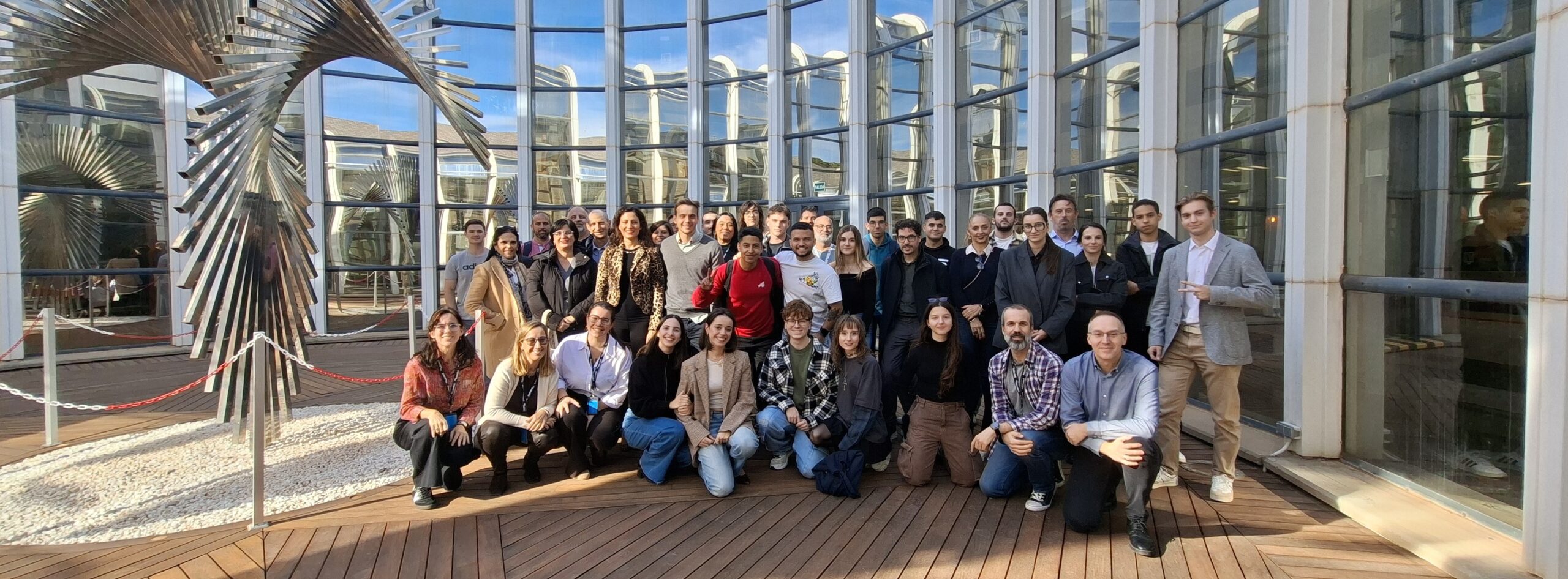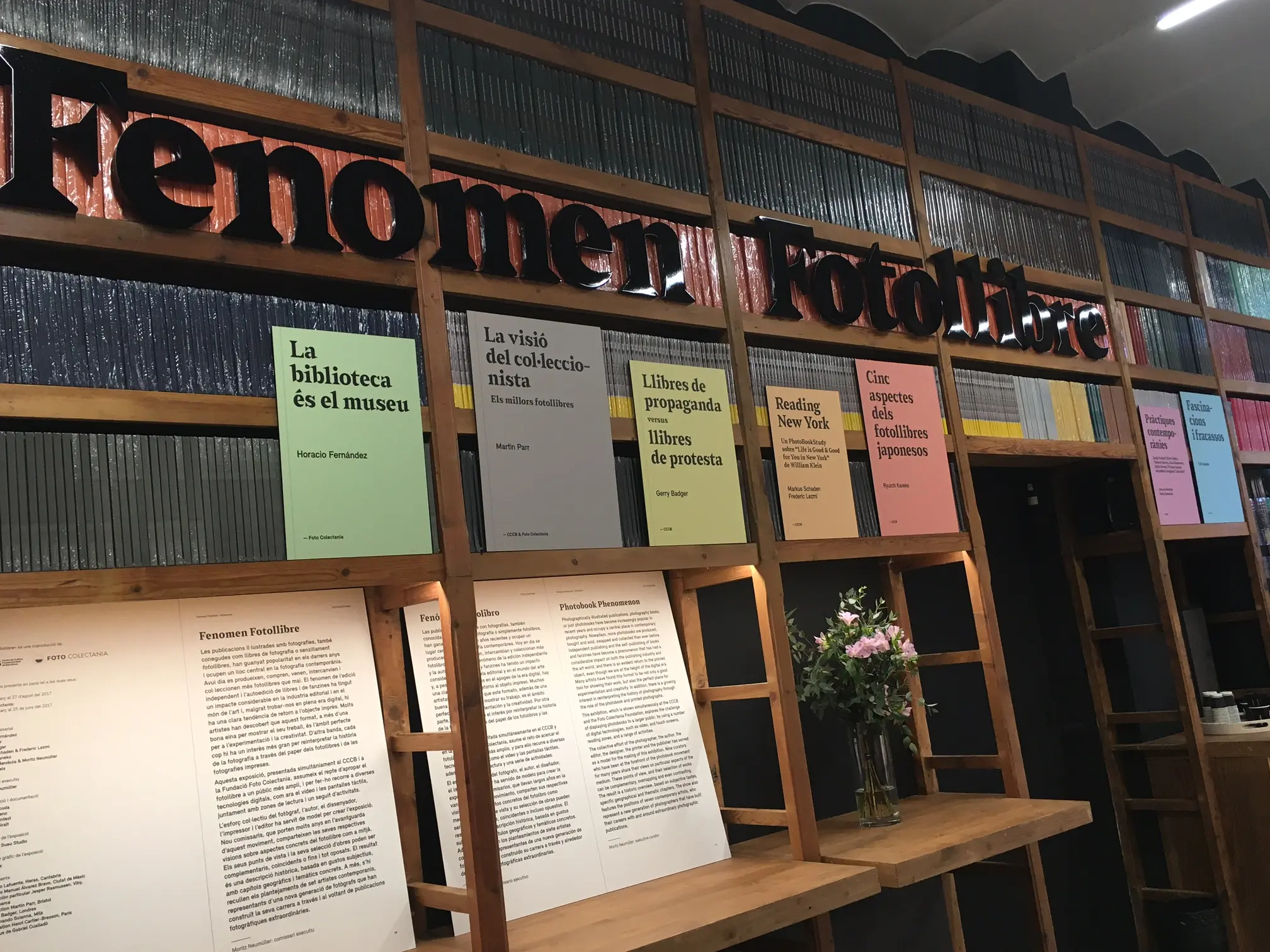Foto Colectania Foundation opens its doors to the new exhibition ‘Photobook Phenomenon’ which values contemporary visual culture through the role of photobooks and printed photography, with examples from several different periods, ranging from Ródchencko, William Klein and Robert Frank all the way to Laia Abril or Vivian Sassen, and including Japanese photobooks, items from Martin Parr’s personal collection, works on social protests, propaganda and others designed by Manuel Álvarez Bravo, Gabriel Cualladó or Henri Cartier-Bresson.
The exhibition is divided into seven chapters: The Collector’s Vision. Martin Parr’s best Photobooks; Propaganda books versus protest books; Reading New York by William Klein; five aspects of Japanese photobooks; Contemporary Practices; Fascinations and Failures; The library is the museum and the Beta Station, contemporary photobooks.
The exhibition forms part of Foto Colectania’s theme for this year ‘In print, On line’.

What is a photobook?
A photobook is a piece of art in itself. It is a book in which photographs tell the story, responding to a concept created by the author. A photobook is a choral piece of art which displays design, graphic elements and typography, the sequence of the images, the model and the text. That is to say, a series of qualities pertaining to the concept and the materiality of the object.
During the last few years there has been a huge surge in the popularity of photobooks, and they now have a central role in contemporary photography. Currently, more photobooks than ever are being created, they are bought and sold, exchanged, and collected, making it possible to return to printed materials in a fully digital age.



